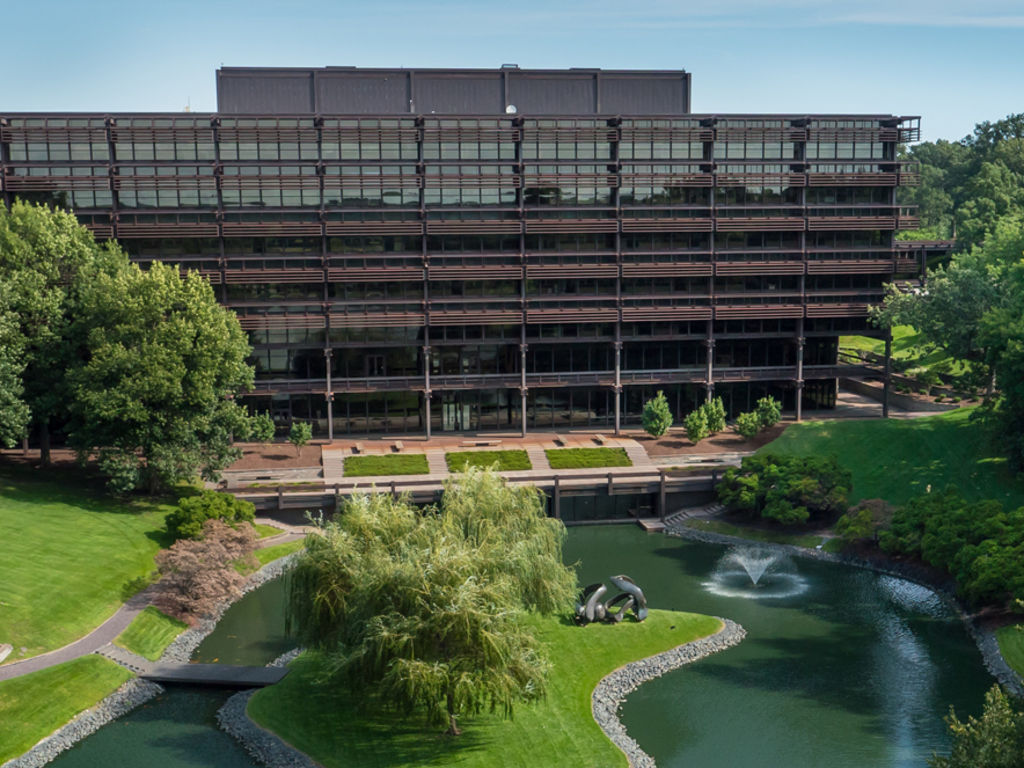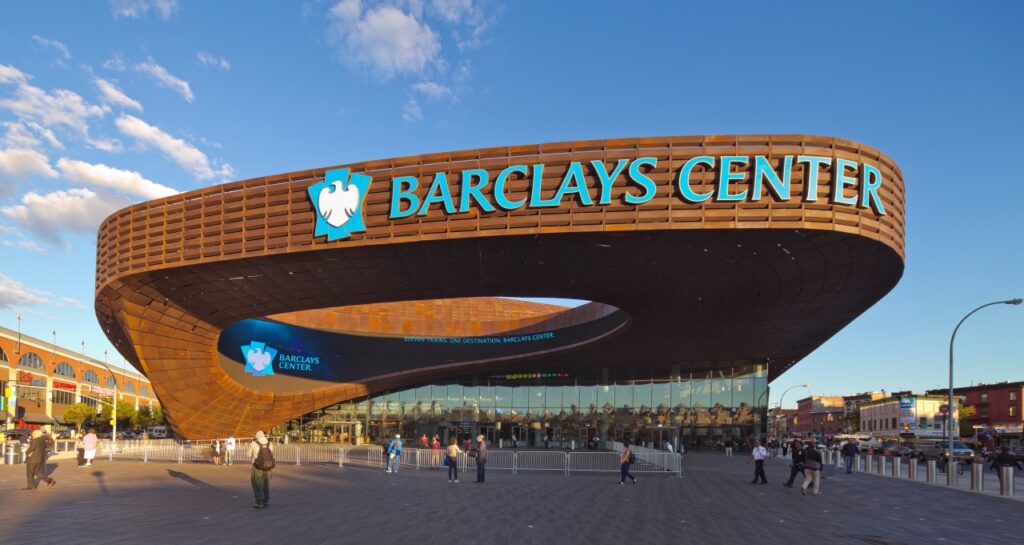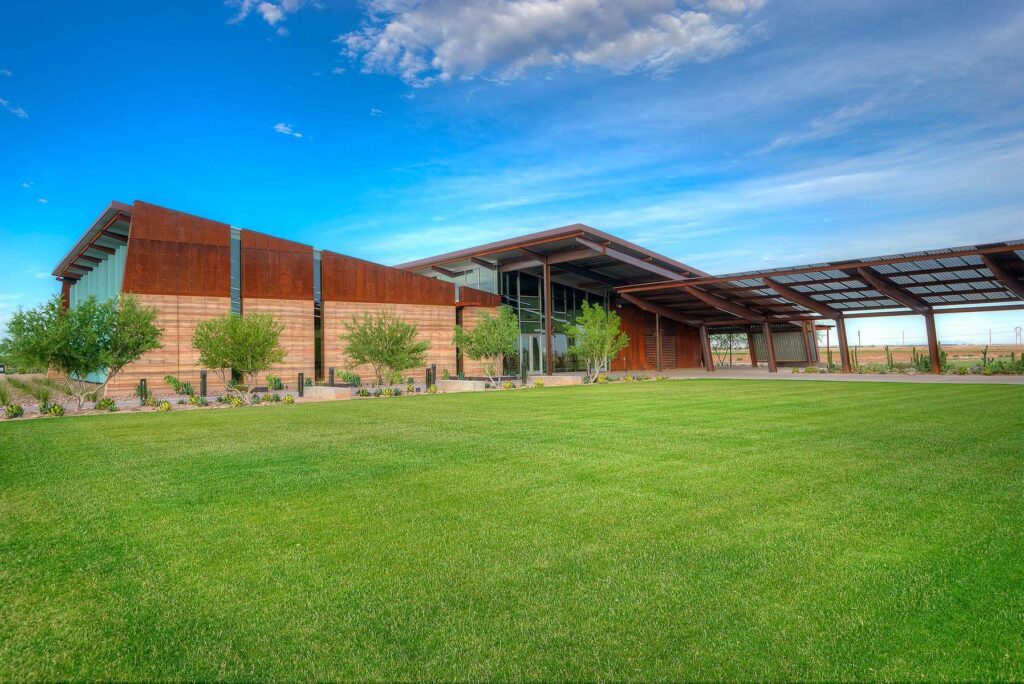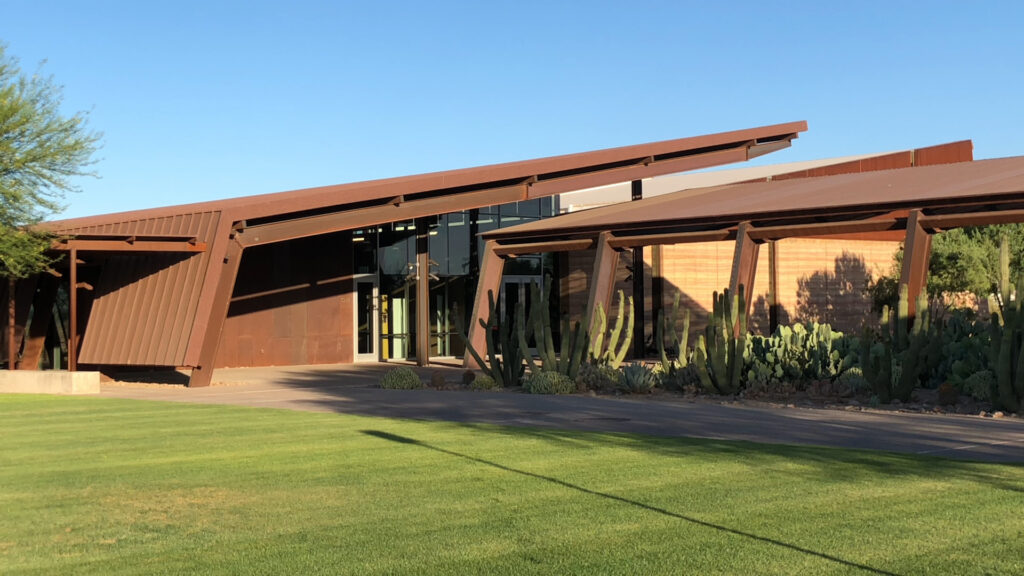Being in the architectural metal business since the 60’s means we’ve received a lot of questions over the years about weathered steel, aka “Corten”. Weathered steel first started to be used as architectural cladding in the mid 60’s. Its popularity declined for a number of years while architects and builders were struggling with the best ways to utilize it. However, in recent years weathered steel has made a strong comeback, and we are continually peppered with questions about best practices for usage, appearance, and long-term maintenance. Read on to see how we answer the top 10 most frequently asked questions about weathered steel!


What is Weathered Steel?
Weathered steel, or Corten by its trademarked name, is a steel alloy containing copper, nickel, and chromium. Due to the combined properties of the metals, a corrosive barrier forms on the outside of the panel when exposed to weather conditions. This barrier has functional and aesthetic qualities. Not only does it protect the steel from further weathering and corrosion, it also creates a very natural rusted look.
Weathered steel has many different uses for exterior cladding. Below are the top 10 questions we get from those in the AEC community about this product.
#1 – Is It Corten, COR-TEN, Cor 10, or Weathered Steel?
Simply put – it all means the same thing. The generic term for the product is “weathered steel”. The word “COR-TEN” is a trademarked term for weathered steel and owned by U.S Steel. Any spelling variations such as “Corten”, “Cor Ten”, or ”Cor 10” are incorrect alterations of the trademark but still mean the same thing – weathered steel. ASTM standards for weathered steel are A588, A242, and A606-4.
#2 – Are There Size Limitations for Weathered Steel Panels?
Yes. There are many things to take into consideration when determining panel size limitations for your project, such as attachment systems, oil canning, panel gauge, and framing. Since there are many different factors driving panel size limitations it really comes down to the unique conditions of your project. We are always happy to discuss the details of your project and help you determine the right size panel for your job.
#3 – Are There Panel Thickness Limitations with Weathered Steel?
Yes. When weathered steel was in its early days as a solution for exterior cladding, it was discovered that going too thin was problematic. Corrosion layers would build on each side and eat all the way through panel. In time, ASTM standards were released that indicated weathered steel panels should be at least 16 gauge or thicker. Those standards are still in effect today, however, panel thickness is ultimately determined by many different project specific factors and can safely be thinner than 16 gauge.
#4 – Does the Back Side Need to Be Painted/Sealed?
No. Since weathered steel is an alloy made of non-corrosive metals, the properties run through the whole product. Therefore, the backside of the panel will form the same protective layer as the face.
#5 – Does Weathered Steel Corrode Indefinitely?
No. The naturally occurring outer layer prevents any further exposure to the climate, and effectively “seals” the panel.
#6 – I’ve Heard Weathered Steel Can Stain Adjacent Areas of the Building. Is That True?
It depends. When panels are first installed they have the highest likelihood to bleed and stain adjacent areas of the building. Based on our experience with past projects, Kovach has developed ways to reduce the impact of staining. For example, allowing panels to patina naturally prior to installation can significantly reduce run-off. If you are concerned about staining, please give us a call and we can talk through ways to manage this on your project.
#7 – What Applications Are Not Recommended for Weathered Steel Cladding?
Environments that are heavy with salt, fog, and generally wet climates. Weathered steel must have periods where it can dry out, otherwise the corrosive protective layer will never fully form. Also, any applications where water is continually running, such as gutters, leaders, water features, etc. are not recommended.
#8 – Are There Painted Options That Look Like Weathered Steel?
Yes. If you desire the look of weathered steel but project constraints eliminate it as a viable option (such as climate), you can opt for painted products. Kovach has a great network of vendors that can supply painted products that are practically indistinguishable from naturally occurring weathered steel.
Kovach performed the exterior metal scope at Central Arizona College. This project integrates traditional weathered steel panels as well as painted panels.


#9 – I’ve Heard of Non-Weathered Corten. What Is That?
Good question! At first that doesn’t seem to make much sense, however non-weathered Corten is a real thing. In its pre-patinated state, weathered steel has a bluish-black hue to it which can be desirable based on its application. Sealing the panel will prevent any corrosion and ensure it maintains its original dark color.
#10 – What About Long Term Maintenance?
Virtually there isn’t any. The protective layer does all the work, therefore sealing or conditioning is unnecessary. If damage does occur to the outer layer, and it flakes off or is removed, another protective layer will form in its place.

